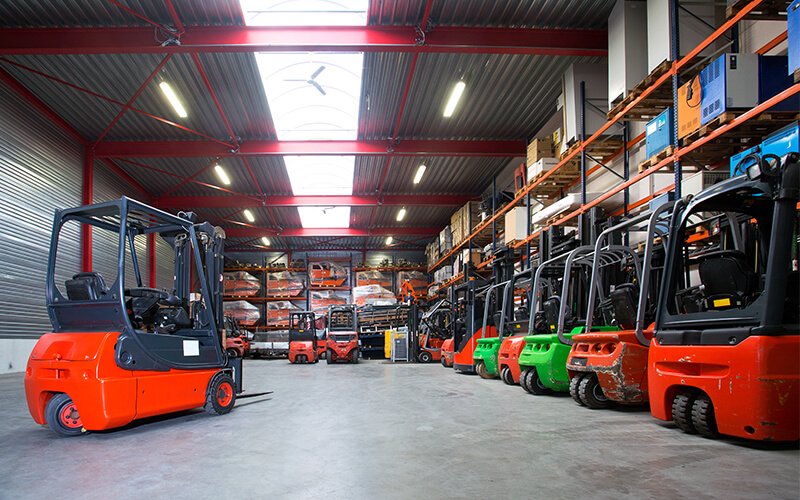Understanding your fleet cost may not be as simple as knowing how much you purchased your vehicles and equipment. Effective cost management entails a comprehensive fleet cost analysis that would help you establish and control your fleet’s total cost, budget, prices and rates, and the total cost of ownership.
Therefore, it is crucial to understand all the factors associated with your fleet cost. Below are quick notes you need to understand your fleet cost.
Primary Cost Of Fleet Ownership
As an asset, a fleet is significant to any warehouse, which utilizes them. To understand the full cost of a fleet, you must first identify every cost, direct and indirect, associated with your fleet.
Effective cost management starts with knowing your fleet’s direct costs, including vehicle purchase cost from research to the acquisition, insurance and licensing, supporting equipment, disposal, and driver costs.
Determine Your Fleet’s Variable Costs
Knowing the life cycle cost of a fleet gives you the best way of determining how expensive it is. However, variable costs such as depreciation, maintenance, parts replacement, fuel consumption, interest, and operating cost cannot be determined until you have purchased the vehicle.
Keep track of the fleet’s metric throughout its lifetime in service. Closely monitoring these costs would help you assess the total cost of running a fleet. Knowing how much fuel your fleet consumes per kilometer would save you money and resources.
Fleet Availability
At the beginning and end of each workday, you should know the number of fleet vehicles or equipment available for use. Track which vehicles drivers could use and which need maintenance or repair.
Fleet Activity And Utilization
Regularly tracking and monitoring your fleet’s utilization would allow you to optimize the fleet in terms of cost, distribution, and disposal. During a 24-hour period, correctly right-sizing your fleet would help you understand your fleet cost.
Aim for 90 to 95 percent vehicle utilization rate and move vehicles amongst fleet drivers to maximize utilization. If you have 100 assets, 90 or 95 of them should be in operation at any given time. However, it would help if you were wary of overutilization that could lead to higher than expected costs.
Your Avoidable Fleet Costs
A vehicle fleet’s avoidable costs depend on service performance and management. These costs may or may not relate to the use of the vehicles. As the name suggests, you could choose to avoid these costs or not. However, preparing for such additional costs such as fines, toll roads, driver’s diet work, and bonuses could help you manage your fleet successfully.
Average Cost Per Accident And Accident Frequency
Accidents, however small, generate cost and eventually affect the efficiency of your fleet. Recording frequency and the average cost per accident would help you understand your fleet’s true cost in terms of the use and size of the fleet.
The average cost per accident includes liability costs, repair costs, rental costs, and downtime. Putting in place an accident avoidance, and evaluation program would significantly reduce the cost and frequency of accidents.

